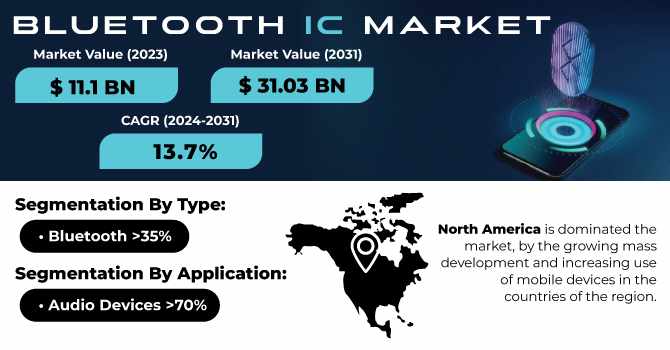
Hybrid devices represent a convergence of different technologies, combining the strengths of various components to achieve superior performance and functionality. These devices typically integrate multiple functionalities into a single package, allowing for enhanced efficiency, reduced size, and improved reliability. Hybrid devices can be found in various sectors, including telecommunications, automotive, and consumer electronics.
The ability to merge different technologies, such as semiconductor and microelectromechanical systems (MEMS), has led to innovations in sensing, communication, and energy management. As industries seek to optimize performance and reduce costs, hybrid devices are becoming increasingly popular for their versatility and capability to meet diverse application needs.
The Hybrid Devices Market size was valued at USD 49.13 Bn in 2023 and is expected to reach USD 180.97 Bn by 2031 and grow at a CAGR of 17.7% over the forecast period 2024-2031.
Future Scope
The future of hybrid devices is promising, driven by the increasing demand for compact and efficient solutions across multiple industries. The rise of IoT and smart technologies necessitates devices that can perform multiple functions without sacrificing performance or size. Hybrid devices, with their ability to integrate different functionalities, are well-positioned to address these demands.
Moreover, advancements in fabrication techniques and materials science are expected to enhance the performance of hybrid devices. As technologies such as 3D printing and advanced packaging evolve, manufacturers can create more complex and efficient hybrid systems, opening up new possibilities for innovation.
Trends
Several trends are influencing the hybrid device market. One significant trend is the integration of sensors and processing units within a single package. This approach allows for real-time data processing and analysis, enabling applications such as smart home devices and industrial automation.
Another trend is the growing focus on energy efficiency. Hybrid devices are increasingly being designed to optimize power consumption while maintaining performance, making them ideal for battery-operated and energy-harvesting applications.
Additionally, the rise of artificial intelligence (AI) is driving the development of hybrid devices that incorporate machine learning algorithms for enhanced functionality. These devices can analyze data and adapt to user needs, providing more intelligent and responsive solutions.
Application
Hybrid devices are used in various applications, including telecommunications, automotive, and healthcare. In telecommunications, hybrid devices that integrate RF components with digital processing capabilities enable advanced communication systems, including 5G networks and satellite communications.
In the automotive industry, hybrid devices are essential for developing advanced driver-assistance systems (ADAS) and electric vehicle (EV) components. By combining sensors, control units, and power management systems, these devices enhance vehicle safety and efficiency.
In healthcare, hybrid devices play a crucial role in medical diagnostics and monitoring. Integrating sensors with data processing capabilities allows for real-time health tracking and analysis, improving patient care and outcomes.
Key Points
· Devices combining different technologies for enhanced performance.
· Growing demand driven by the need for compact and efficient solutions.
· Future growth supported by advancements in fabrication and materials.
· Trends include sensor integration, energy efficiency, and AI incorporation.
· Utilized in telecommunications, automotive, and healthcare applications.
Read More Details: https://www.snsinsider.com/reports/hybrid-devices-market-2448
Contact Us:
Akash Anand — Head of Business Development & Strategy
Email: info@snsinsider.com
Phone: +1–415–230–0044 (US) | +91–7798602273 (IND)











Write a comment ...